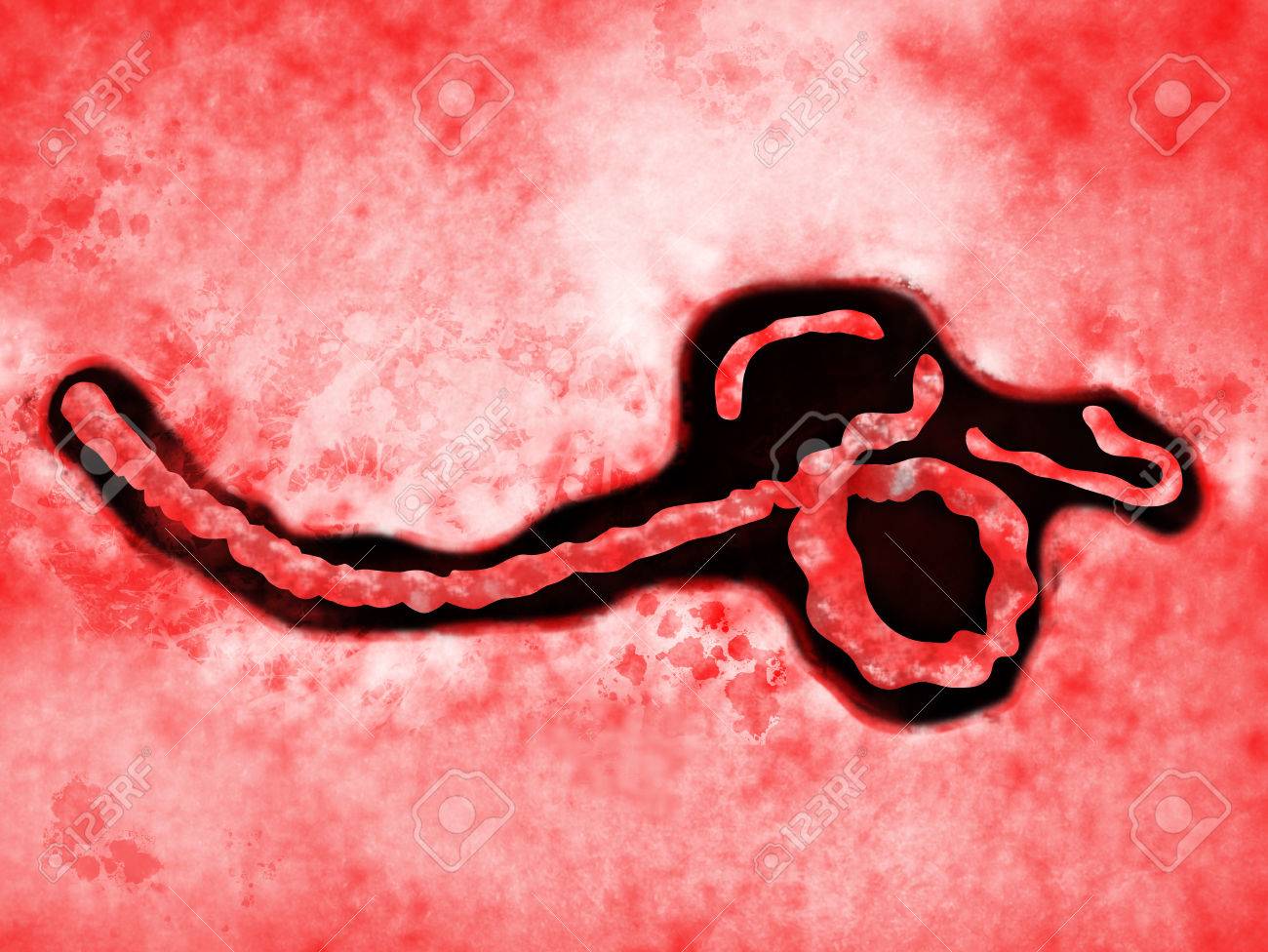It is a priority that governments and pharmaceutical companies prioritize the development of new drugs against them.
Bacteria are beating drugs designed to eliminate them at a faster rate than they are discovered and produce new antibiotics.
The World Health Organization has published a list of bacteria resistant to antibiotics that poses the greatest threat to human health.
The list, developed by researchers at the University of Tübingen in Germany, took into account the level of resistance to antibiotics, mortality rates, prevalence in communities and the burden of exerts on health systems.
The bacteria have been classified into groups according to the urgency of the need to develop new antibiotics against them:
Critical priority:
- Pseudomonas aeruginosa
- Enterobacteriaceae
- Acinetobacter baumannii
This group includes bacteria resistant to multiple drugs. They are usually related to infections in hospitals or healthcare settings, such as nursing homes, and in patients who require equipment such as ventilators or blood catheters that can be contaminated.
Especially in people who are already immunocompromised, including transplant recipients, chemotherapy patients and the elderly.
The most dangerous strains are those that are resistant to carbapenems, the only group of antibiotics that was still able to eliminate them effectively.
High priority:
- Enterococcus faecium
- Staphylococcus aureus
- Helicobacter pylori
- Several species of Campylobacter
- Salmonellae
- Neisseria gonorrhoeae
Bacteria in this category cause infections that are less deadly, such as gonorrhea or salmonellosis, but are much more widespread.
Medium priority:
- Streptococcus pneumoniae
- Haemophilus influenzae
- Various species of Shigella
Development of new antibiotics
Around 700,000 people around the world die due to drug-resistant infections and, if not, action is taken, it is estimated that infections will kill 10 million people per year by 2050.
If antibiotics lose their effectiveness, key medical procedures, such as organ transplants, cesareans, joint replacements, or chemotherapy, may become too dangerous to perform.
In this crisis of resistance to antibiotics, there is a risk of antibiotics. They usually take their chances ahead of public health by choosing which drugs to develop.














